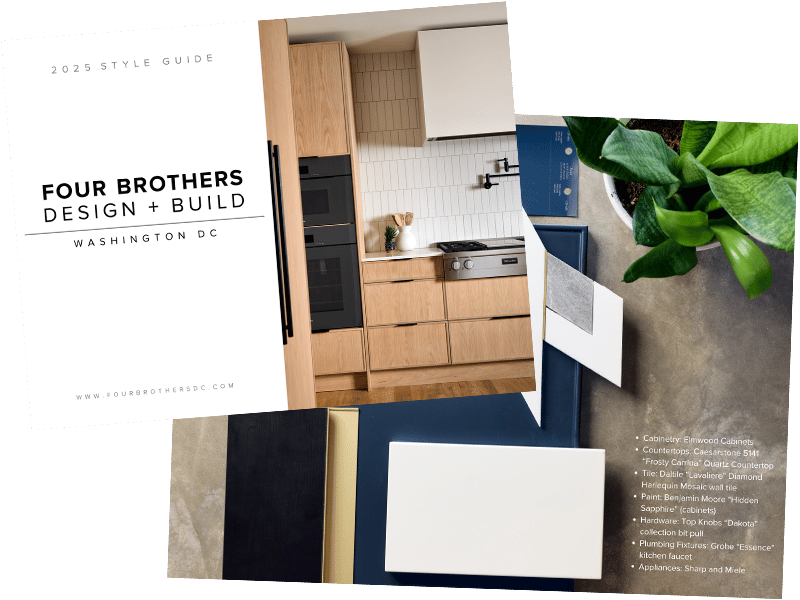Water Service
Like almost everything else we encountered to date in the remodeling project, the main water supply line at 753 was obsolete and out of compliance with building codes. There were two primary issues that needed to be addressed:
- The piping carrying water into the house was lead. (Up into the early1900’s lead pipes were commonly used for interior plumbing and to connect homes to public water supply lines, as was the case at 753.Lead is now known to be a toxic metal that can cause serious health issues; particularly in young children.)
- The water supply line was ½ inch in diameter. (The low flow provided by a pipe of this diameter would not provide adequate water required by bathroom fixtures and kitchen appliances in a double occupancy residence.)
Therefore, it was necessary to replace the water line from the curb stop (located in either a curb box or plastic sleeve) to the house. The curb stop is located underground and is the main shut-off point for a properties water supply. Generally, the curb stop is located near the boundary of your property and marks the point where the responsibility switches from the city to the homeowner. (At 753, the piping running from the main city waterline to the curb stop was copper; it was just the section from the curb stop to the house that was lead.)
After pulling the requisite plumbing and public space permits, our first task was to locate the curb box or plastic sleeve. (For more information on permitting for a remodeling project, see Permitting: Round 1.)After both the DC Water and Sewer Authority (WASA) and Miss Utility were unable to find the box, we had no other choice but to systematically dig up the front yard. Upon locating the plastic sleeve(which had been unknowingly covered in a previous landscaping project),the real digging began, since by code, water lines are required to be buried below frost level.
Once the old lead line was unearthed and removed, our plumber ran a new 1inch copper supply line from the curb stop to the crawl space under the front living room. From here, the hot water heaters, kitchen appliances, bathrooms and showers on both floors are supplied with water.
